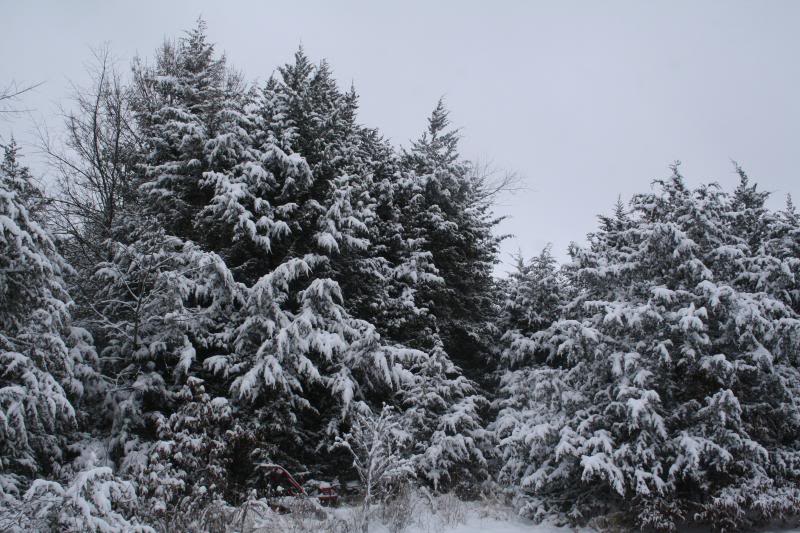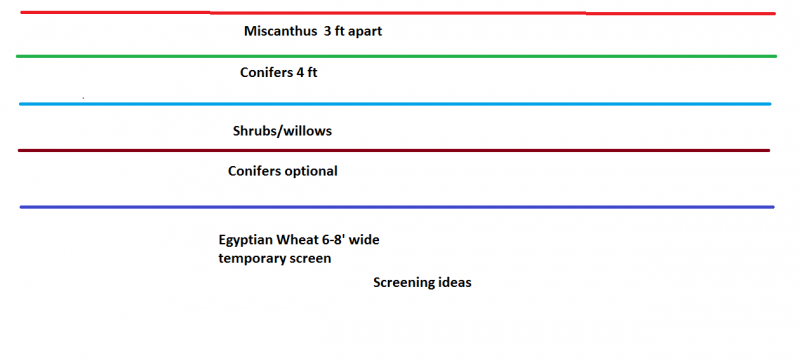Those limbs that grow back are called epicormic shoots and one of the places they arise from is the branch collar when the apical meristem is no longer present to suppress them. They are physiologically different from the limb they replaced.I'll continue trimming for good tree structure then instead of balancing the root/shoot ratio since that is okay to do per their recommendations
Die back (natural pruning) happens on some transplants and they re-sprout from the base and catch up the ones that did not die back in 2 years time. Not sure how that is possible since there is no chemical from the top to support the roots when it initially dies back???
As for the corrective pruning your referring to, that shouldn't be done for at least couple years after they're planted.





